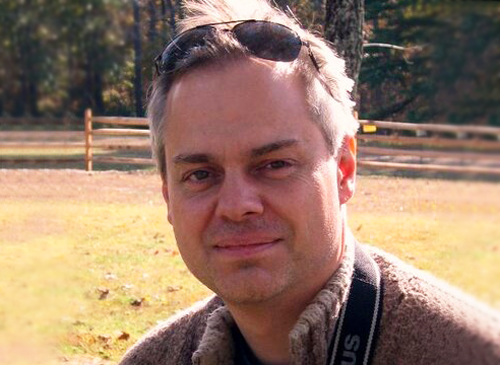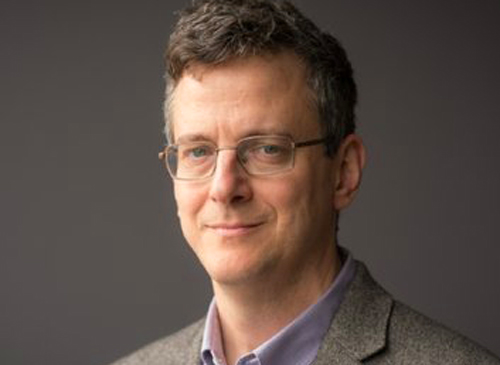Alistair Adcroft is a physical oceanographer and developer of numerical ocean models. He was one of the principal developers of the MITgcm and is currently building GFDL’s new ocean model, MOM6.
Atmosphere, Oceans, and Computational Infrastructure

Alistair Adcroft

Venkatramani Balaji
Balaji heads the Modeling Systems Group at NOAA’s Geophysical Fluid Dynamics Laboratory and is an Associate Faculty member at the Princeton Institute for Computational Science and Engineering (PICSciE). With a background in physics and climate science, he has also become an expert in the area of parallel computing and scientific infrastructure.
Raffaele Ferrari
Raffaele Ferrari is a physical oceanographer interested in the circulation of the ocean, its interaction with the atmosphere and climate. He uses a combination of observations, theory and numerical models to investigate all oceanic motions from scales of centimeters to thousand of kilometers.
Frank Giraldo

Paul Kushner
Paul Kushner studies various aspects of atmospheric dynamics, atmospheric circulation, and climate change. He is also a principal investigator of the Canadian Sea Ice and Snow Evolution Network (CanSISE, www.cansise.ca), a research network studying snow, sea ice and related climate processes in the Arctic and the Western Cordillera region of Canada. Previously, he was a leader of GFDL’s Global Atmospheric Model Development Team.

Tapio Schneider
Tapio Schneider studies atmospheric turbulence and its influence on the global climate, both on large scales (weather systems) and smaller scales (clouds). He develops theories of turbulence with the help of simulations and observations and uses them to understand and model climate changes and feedbacks that occurred over Earth’s history and that are likely to occur in the future. He also uses insights about fundamental aspects of atmospheric dynamics to understand phenomena on other planets, for example, the formation of jets on the giant planets.
Andrew Stuart
Andrew Stuart’s research is focused on the development of mathematical and algorithmic frameworks for the seamless integration of models with data. He works in the Bayesian formulation of inverse problems, and in data assimilation for dynamical systems. Quantification of uncertainty plays a significant role in this work. Current applications of interest include a variety of problems in the geophysical sciences, and in graph-based learning.
Joao Teixeira
Joao Teixeira is the Co-Director of the Center for Climate Sciences and AIRS Science Team Leader at JPL. His research interests include turbulence, clouds and climate: Using a variety of models and observations to better understand the interactions between the Earth’s climate system and small-scale processes, such as turbulence, convection and clouds.
